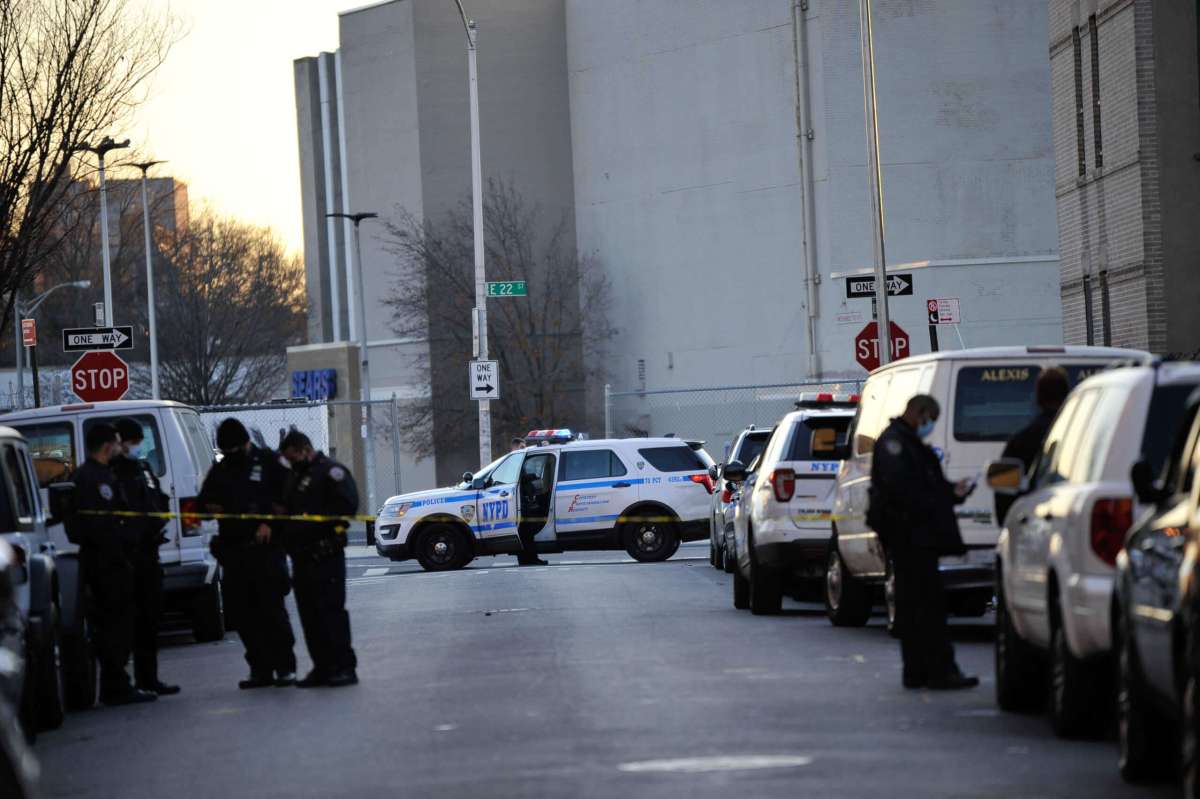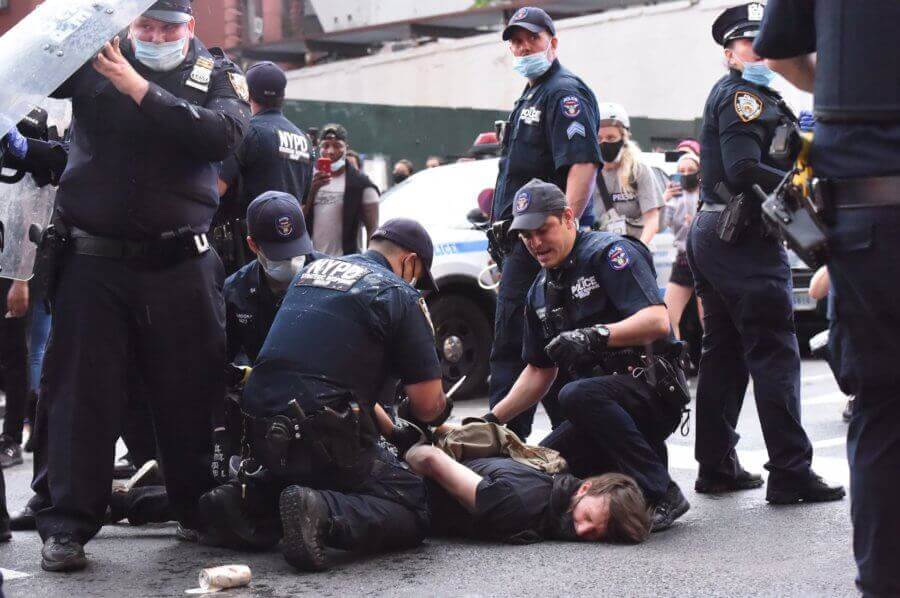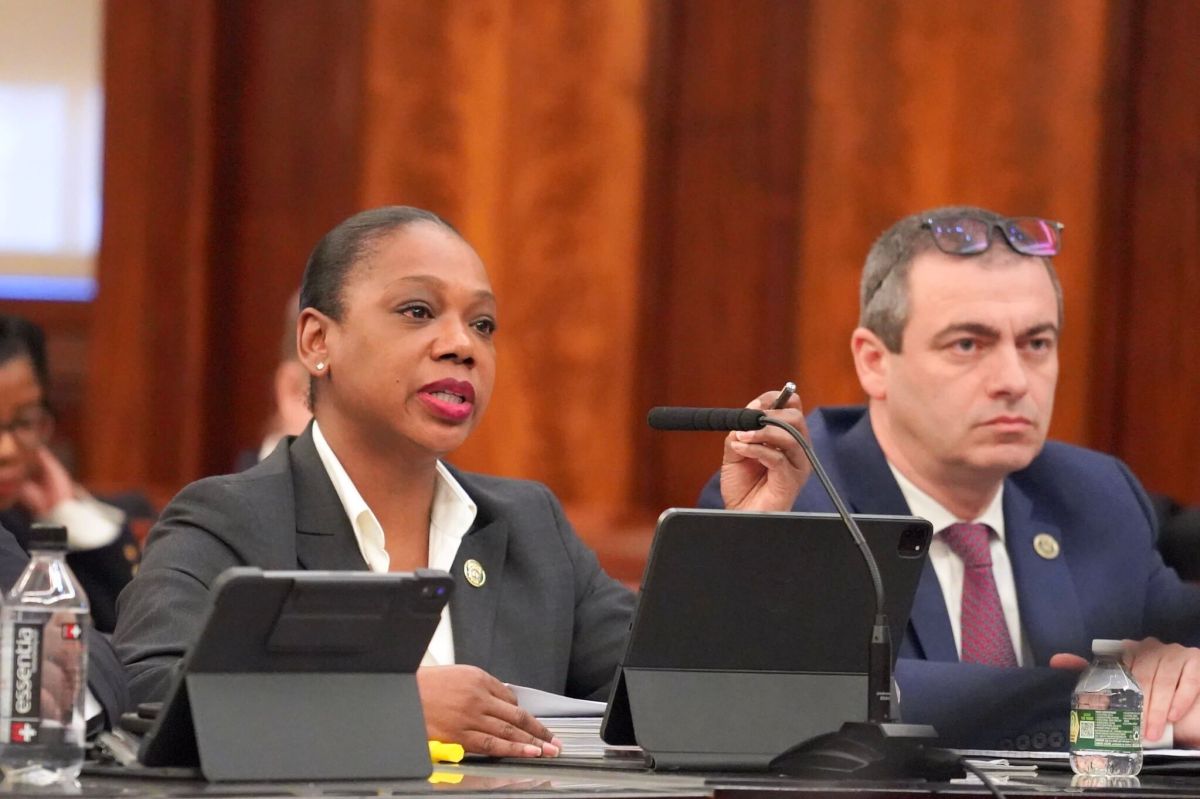The NYPD has already blown its annual overtime budget by nearly $100 million this fiscal year, and is on track to spend nearly double what it was allotted for extra work on the job, according to a new analysis by City Comptroller Brad Lander.
Overtime for the NYPD was budgeted in the mayor’s January financial plan at $374 million for Fiscal Year 2023, which started on July 1 of last year and runs until June 30 of this year. But the Comptroller’s office reports that, through February 2023, the agency has already spent $472 million on OT in the first seven months of the fiscal year. The city’s fiscal watchdog projects that the Police Department will spend about $740 million on OT by the end of the fiscal year, nearly double what was budgeted and far in excess of any other city agency.
City officials have long spoken of reining in runaway overtime spending at the Police Department, and before entering office, Mayor Eric Adams pledged to cut OT spending in half. But city agencies, particularly the NYPD, have done little to rein in the excessive use of OT even as it grows every year and blows a hole in the city budget, Lander said.
“Simply budgeting less for overtime has not proven to be an effective tool for controlling overtime costs, without any accountability for agencies that exceed their budgets,” Lander wrote in the report, released on Monday and first reported by Bloomberg. “Police overtime remains by far the largest overtime category and the most likely to far outstrip its budget, yet there have not been serious efforts either to rein in this spending or to more honestly reflect expectations in the budget.”
In Fiscal Year 2016, the NYPD spent just 10% more than its allotted OT budget, according to the report, a proportion that has grown considerably in the years since, spending 90% beyond what was budgeted last year. The massive cost overruns come after the city slashed the NYPD’s allotted OT during the de Blasio administration; that budget cut appears to have done little to reform how the department doles out OT.

The report was released the same day Police Commissioner Keechant Sewell and other department brass went in front of the City Council to testify at a preliminary budget hearing, where they were grilled on OT by Council Speaker Adrienne Adams and other lawmakers.
Department leaders said they’ve had to rely more on OT in recent years due to reduced headcount: the agency has just over 34,000 uniformed officers on payroll, down about 2,700 officers since 2019, according to the Comptroller’s office. Much of that is due to attrition, with a spike of officers submitting their retirement papers in recent years, the New York Post reported.
NYPD brass also said that the agency’s efforts to control overtime are stymied by the simple fact that they must police external events out of their control, like major demonstrations. Sewell said that the department had specifically looked to curtail overtime spending on events like protests, parades, and festivals.
“Overtime is a critical tool to maintain public safety. We recognize that one of the issues the [Council] had was the deployment for special events,” Sewell told lawmakers. “So last year we took a hard look at those deployments, and made sure that we did not do cookie-cutter responses that we have done in the past. We looked at the need, the threat level, the conditions as we knew them for those events, and we were able to curtail significantly our overtime.”
Specifically, NYPD budget czar Kristine Ryan said that the agency had cut its overtime spending for planned events by 14% since 2019, highlighting a 40% reduction in OT hours for the Halloween parade and by 20% for the New York City Marathon.
Still, in Fiscal Year 2022 events remained the largest source of OT spending by the department, at $220 million out of $671 million in budget overruns, according to Lander. And not all of those are planned: more than $100 million was spent last year in OT for unplanned events, including $10.5 million for COVID-19 and $20 million for “anti-police protests.”
“One of the biggest drivers of overtime is just the unforeseen circumstances,” said Chief of Department Jeffrey Maddrey. “When we take a late-night shooting incident, or unforeseen protests, unscheduled event where we need to put more resources. We wind up pulling over additional officers, we use additional officers at crime scenes. That’s where the increase comes.”

$42 million was spent for mandatory OT in the subway system as part of the mayor’s and governor’s subway police surge announced in October. That funding was covered by the state, but Sewell said that funding arrangement is “not sustainable in the long term.”
The NYPD has also significantly outpaced other uniformed agencies in blowing past its OT budget.
The Fire Department saw a 65% bump in its OT budget between the July budget adoption and January financial plan, according to the Comptroller, but is projected to stay within its current $418 million allotment. The Sanitation Department is also expected to stay within its OT bounds, though its budget was increased slightly from $148 million to $169 million. Only the Correction Department is projected to overspend to the same degree as the NYPD, nearly double its OT allotment.
Civilian agencies are projected to spend $131 million beyond their allotments overall, about 31% over budget.
Mayor Adams’ press secretary, Fabien Levy, declined to comment on the OT overrun, deferring to Commissioner Sewell’s remarks at the Council.
With operational and fringe expenses, the mayor’s proposed budget for the NYPD’s is about $10.9 billion, less than last year but essentially flat compared to most city agencies, which are being asked to cut costs considerably.
The department also faced flak from councilmembers for skipping an oversight hearing earlier this month on its controversial Strategic Response Group, which is tasked with policing both protests and terrorism and has been noted for brutal tactics. The NYPD continued to contend that it could not discuss issues related to the SRG, particularly in regards to its controversial response to the 2020 Floyd protests, citing ongoing litigation.
The attorneys for the litigants in question have said the department’s contention that they’re under a gag order is false. Testimony on SRG was interrupted by protesters squeaking inflatable pigs and chanting “disband SRG;” they were tossed out.
Sewell told Speaker Adams that it was “never the intention of this Police Department to disrespect this body.”
Responded Adams: “We have definitely a differing of opinion.”
Read more: Curtis Sliwa Launches New Political Club in Astoria





































